Results 11,781 to 11,790 of 12089
Thread: Anandtech News
-
06-27-23, 07:15 PM #11781
Anandtech: Noctua Releases Direct Die Kit for Delidded Ryzen 7000 CPUs
Noctua has announced a unique kit designed to enable the company's coolers to be installed on delidded AMD Ryzen 7000-series processors. The NM-DD1 kit, which can be either ordered from the company or 3D printed at home, was designed in collaboration with Roman 'der8auer' Hartung, a prominent overclocker and cooling specialist.
An effective method to enhance cooling of overclocked AMD's Ryzen 7000-series processors involves removing their built-in heat spreaders (a process known as delidding) and attaching cooling systems directly to their CCD dies. This typically reduces CPU temperatures by 10°C – 15°C, but in some cases it can get 20°C lower, according to Noctua. Lowering CPU temperature by such a high margin can let owners to take advantage higher overclocking potential, higher boost clocks, or just enable to reduce fan speeds and then enjoy silence.
The problem is that that standard coolers are not built for use with delidded CPUs and this is why Noctua is releasing its kit. The NM-DD1 kit includes spacers placed under the heatsink's securing brackets to compensate for the height of the removed IHS, and extended custom screws for reattaching the brackets with the spacers in place.
While the kit greatly simplifies cooling down of a delidded AM5 CPU, there are still concerns about the process as delidding is a risky process and it voids warranty. Furthermore, all the additional hardware needed for the delidding process must be acquired separately.
To further improve cooling of AMD's AM5 processors, Noctua says that itsNM-DD1 can be paired with Noctua's recently introduced offset AM5 mounting bars, potentially leading to a further 2°C temperature reduction.
The NM-DD1 kit can be purchased from Noctua's website for a price of €4.90. Alternatively, customers can create the kit's spacers at home using 3D printing, with STL files available from Printables.com. The assembly process will require either four M3x12 screws (for NM-DDS1) or a single M4x10 screw (for NM-DDS2).
"Delidding and direct die cooling will void your CPU's warranty and bear a certain risk of damaging it, so this certainly isn't for everyone," said Roland Mossig (Noctua CEO). "However, the performance gains to be had are simply spectacular, typically ranging from 10 to 15°C but in some cases, we have even seen improvements of almost 20°C in combination with our offset mounting bars, so we are confident that this is an attractive option for enthusiast users. Thanks to Roman for teaming up with us in order to enable customers to implement this exciting tuning measure with our CPU coolers!"
More...
-
06-27-23, 07:15 PM #11782
Anandtech: Sabrent Launches Thunderbolt 4 KVM Switch with 8Kp60 Support
Sabrent has introduced one of the industry's first Thunderbolt 4 KVM switches, supporting displays up to 8K@60 Hz while also delivering 60W of power to host devices. The switch is aimed at creative professionals who want to use one monitor and set of input periphreals with two host computers.
The Sabrent Thunderbolt 4 KVM Switch is a compact aluminum candy bar that has three Thunderbolt 4-certified USB Type-C ports supporting data transfer rates of up to 40 Gbps and DisplayPort 1.4 Alt Mode, as well as four USB 3.2 Gen 2 Type-A ports featuring a 10 Gbps speed. Notably, the full speed downstream Thunderbolt ports allow the switch to be used with 8K displays running at a full 60Hz refresh rate, which requires virtually the entire bandwidth of a TB4 port.
Meanwhile, to make it easier to switch between PCs, the KVM switch comes with an external button that can be placed everywhere on the desk.
The Thunderbolt 4 KVM Switch from Sabrent supports USB Power Delivery 3.0, allowing it to supply up to 60W of power to Thunderbolt 4-connected host. In addition, its USB Type-A ports also support Battery Charging 3.2 support and can deliver up to 12W of power to any connected device. The device comes with an 120W external power supply, which is quite large.
Sabrent's Thunderbolt 4 KVM Switch is not cheap: it has an MSRP of $299.99 and is among the most expensive devices of this kind on the market. The unit can be bought either directly from the company, or ordered from Amazon.
More...
-
06-28-23, 01:31 AM #11783
Anandtech: Samsung Updates Foundry Roadmap: 2nm in 2025, 1.4nm in 2027
Samsung Foundry revealed its latest process technology roadmap today at its annual Samsung Foundry Forum (SFF) 2023. The company's SF2 (2 nm-class) production node is on track for 2025, whereas its successor SF1.4 (1.4 nm-class) is expected to be available in 2027. Meanwhile, the company published some of the characteristics it expects from its SF2 manufacturing process.
Samsung's SF2 process technology, which will be available to the company's clients in 2025, will offer a 25% higher power efficiency (at the same clocks and complexity), a 12% increase in performance (at the same power and complexity), and a 5% decrease in area when compared to SF3, the company's 2nm Generation 3 nm-class node introduced earlier this year. To make its SF2 technology more competitive, Samsung intends to offer the node with a portfolio of advanced IP for integration into chip designs, including LPDDR5x, HBM3P, PCIe Gen6, and 112G SerDes.
Samsung's SF2 will be followed by SF2P optimized for high-performance computing (HPC) in 2026, and then by SF2A, which will be aimed at automotive applications, in 2027. Around the same year the company intends to start mass production using its SF1.4 (1.4 nm-class) fabrication process.
Samsung's 2 nm-class node will be available around the same time as TSMC's N2 process technology (2 nm-class) and about a year or more after Intel's 20A process.
Samsung also plans to keep advancing its radio frequency technologies. The company expects its 5 nm RF process technology to be ready in in the first half of of 2025. When compared to the older 14 nm RF process, Samsung's 5 nm RF is projected to increase power efficiency by 40% and increase transistor density by around 50%.
Also in 2025, Samsung will initiate production of gallium nitride (GaN) power semiconductors for various applications, including consumer products, datacenters, and automotive sector.
In addition to expanding its technology offerings, Samsung Foundry remains committed to expanding its manufacturing capacities in Pyeongtaek, South Korea, and Taylor, Texas. Samsung intends to start mass production of chips at its Pyeongtaek line 3 (P3) in 2H 2023. Construction of the new fab in Taylor is expected to be completed by the end of the year, with operations commencing in the second half of 2024. The foundry's current plans is to increase its clean room capacity by 7.3 times by 2027, compared to the capacity in 2021.
More...
-
06-28-23, 08:15 AM #11784
Anandtech: Western Digital Updates WD Blue Series with SN580 DRAM-less Gen4 NVMe SSD
Western Digital is unveiling its latest addition to the mainstream WD Blue family today - the SN580 NVMe SSD. A DRAM-less PCIe 4.0 x4 drive, it brings in performance improvements over the current lead product in the line - the SN570 launched in late 2021. This DRAM-less drive is the first PCIe Gen4 SSD in the WD Blue lineup.
As a mainstream drive, the WD Blue SN580 is meant for consumer systems requiring quick launches of applications in multitasking scenarios, along with high responsiveness. WD has also optimized the firmware for fast loading of large-sized media assets (a nod towards content creators). Most importantly, the DRAM-less nature and a non-overreaching performance goal (up to 4150 MBps, which is on the low end for a Gen4 drive) mean that the WD Blue SN580's power efficiency makes it a good candidate for battery-operated systems.
The SN570 was launched in three capacities - 250GB, 500GB, and 1TB, with a 2TB model introduced later on. The SN580 family is launching today in four capacities, ranging from 250GB to 2TB. All drives are single-sided, come with a 5-year warranty, and carry a 0.25 DWPD rating. The key performance improvements over the SN570 are the increase in sequential read / write speeds from 3500 MBps to 4150 MBps, and random write IOPS from 600K to 750K at the higher capacity points. The move to a new Gen4 controller is the sole reason, as the SN580 continues to use the same BiCS 5 112L 3D TLC as the SN570. These drives will be equipped with 3D TLC over their complete lifetime, and will not move to QLC (which has now been consigned to the higher capacity WD Green NVMe SSDs).
The combination of the in-house controller and NAND is actually not new. The same DRAM-less four channel controller has been seen in the recent WD_BLACK SN770 SSDs with the same BiCS 5 3D TLC flash. The main difference seems to be the firmware optimizations focusing upon normal consumer workloads and power consumption, rather than performance for gamers.Western Digital SN580 SSD Specifications Capacity 250 GB 500 GB 1 TB 2 TB Controller SanDisk 20-82-10082 NAND Flash Western Digital / Kioxia BiCS 5 112L 3D TLC NAND Form-Factor, Interface Single-Sided M.2-2280, PCIe 4.0 x4, NVMe 2.0 Sequential Read 4000 MB/s 4150 MB/s Sequential Write 2000 MB/s 3600 MB/s 4150 MB/s Random Read IOPS 240K 450K 600K Random Write IOPS 470K 750K SLC Caching Yes TCG Opal Encryption No Warranty 5 years Write Endurance 150 TBW
0.25 DWPD300 TBW
0.25 DWPD600 TBW
0.25 DWPD900 TBW
0.25 DWPDMSRP $28 (12¢/GB) $32 (6.4¢/GB) $50 (5¢/GB) $110 (5.5¢/GB)
WD is claiming sleep power of 3.3 mW and average active power of 65 mW (in the absence of traffic). The company is also claiming that their SLC caching scheme (dubbed nCache 4.0) delivers significantly superior burst performance while consuming less energy compared to the SN570.
Flash pricing is quite low, with the memory industry being caught up in one of its downturns currently. This has translated to excellent launch pricing for SSDs such as the WD Blue SN580 - starting from as low as 5.5c per GB for the 1TB and 2TB SKUs.
Gallery: Western Digital Updates WD Blue Series with SN580 DRAM-less Gen4 NVMe SSD

More...
-
06-28-23, 07:43 PM #11785
Anandtech: G.Skill's 24GB DDR5-6000 Modules with AMD EXPO Profiles Released
G.Skill has quietly started selling its 24 GB DDR5 memory modules with AMD EXPO profiles for single-click overclocking. G.Skill's Trident Z5 Neo RGB modules are among the first EXPO-profiled DIMMs larger than 16GB to hit the market, with G.Skill offering kits as large as 48GB (2 x 24GB).
G.Skill's 24 GB Trident Z5 Neo RGB memory modules with AMD EXPO profiles support are designed for a 6000 MT/s data transfer rate, which is considered to be a sweet spot for AMD's Ryzen 7000-series processors based on the Zen 4 microarchitecture. As for timings, the manufacturer recommends CL40 48-48-96 settings at 1.35V, which is a rather significant (22%) overvoltage for DDR5 memory.
Traditional for G.Skill's Trident-series modules for PC hardware enthusiasts and overclockers, 24 GB Trident Z5 Neo RGB DIMMs come equipped with aluminum heat spreaders and, as their name suggests, addressable RGB bars. Keeping in mind that these memory sticks are overvolted and also carry a power management IC and voltage regulating module onboard, these heat spreaders promise to come handy.
The key selling point of G.Skill's 24GB Trident Z5 Neo RGB modules and associated 48GB dual-channel kits is support for AMD's EXPO memory technology, which enables single-click overclocking profiles for modules rated to operate at beyond standard settings.
24GB DIMMs have been available in the market for a bit, but the first products were aimed at Intel systems, and shipped with XMP 3.0 profiles. Initial media reports have demonstrated that there have been some compatibility issues with these new 24GB XMP DIMMs and AMD systems, so having DIMMs that are formally tested for AMD platforms is a welcome step forward. Though most of the heavy lifting is coming from UEFI BIOS updates to account for the relatively novel, non-power-of-two organization of these new DIMMs.
G.Skill's Trident Z5 Neo RGB 48GB dual-channel (2 x 24GB) DDR5-6000 kit F5-6000J4048F24GX2-TZ5NR is now available from Newegg for $159.99.
Sources: G.Skill, Newegg
More...
-
06-29-23, 10:04 PM #11786
Anandtech: Modders Equip Asus's ROG Ally with 4 TB M.2 2280 SSD
The Asus ROG Ally game console comes with a tiny M.2-2230 SSD featuring a 512 GB capacity, which can be a bit tight for modern games. But enthusiasts from Reddit found a way to fit in a larger and more capacious M.2-2280 drive, albeit by modifying the case using pliers and voiding the handheld's warranty.
Like every other portable game console, the Asus ROG Ally is a tightly packed device with almost no spare space inside, as its teardown by iFixit shows. The SSD is installed perpendicular to the length of the device and the console's plastic stiffening ribs and antenna do not allow to install a large M.2-2280 drive. While the M.2-2230 form-factor officially supported by the ROG Ally currently enables capacities of up to 2 TB these days and one can get an expensive UHS-II microSDXC card (or cards), some enthusiasts believe that this is still not enough for their games.
As it appears, it is still possible to free up some space inside the console for a higher-capacity M.2-2280 SSD by destroying removing stiffening ribs, moving antenna out of the way, and isolating the drive. This will get you up to 4 TB of storage space using a single-sided M.2-2280 SSD, but will void the warranty as removal of stiffening ribs is an irreversible change.
Another aspect of the mod is that high-performance high-capacity M.2-2280 SSDs tend to produce more heat than some of their M.2-2230 counterparts and the installation of a larger drive will inevitably affect internal airflows and cooling performance. While for now modders at Reddit claim that they have not experienced any issues regarding overheating, this does not mean that they are not going to happen.
Since the Asus ROG Ally is a rather new device one might want to have the warranty if something happens to other (non-SSD, non-antenna) parts of the console. But if you badly need additional capacity and can put up with risks, this mod is a way to get 4 TB of storage space into your Asus ROG Ally console. Of course, it could possibly break the device, will definitely void warranty, and might cause overheating.
More...
-
06-29-23, 10:04 PM #11787
Anandtech: AMD: Partial RDNA 3 Video Card Support Coming to Future ROCm Releases
AMD this morning is formally announcing the launch of the latest version of its GPU compute software stack, ROCm 5.7. Along with making several important updates to the software stack itself – particularly around improving support for large language models (LLMs) and other machine learning toolkits – the company has also published a blog post outlining the future hardware development plans for the stack. In short, the company will be bringing official support to a limited set of RDNA 3 architecture video cards starting this fall.
AMD’s counterpart to NVIDIA’s CUDA and Intel’s OneAPI software stacks, AMD has historically pursued a narrower hardware focus with their own GPU compute software stack. ROCm exists first and foremost to support AMD’s Instinct line of accelerators (used in projects such as the Frontier supercomputer), and as a result, support for non-Instinct products has been limited. Officially, AMD only supports the software stack on a pair of workstation-class RNDA 2 architecture cards (Radeon Pro W6800 & V620), while unofficial support is available for some other RDNA 2 cards and architectures – though in practice this has proven to be a mixed bag as to how reliably it works. Consequently, any announcement of new Radeon video card support for ROCm is notable, especially when it involves a consumer Radeon card.
Closing out their ROCm 5.6 announcement blog post, AMD is announcing that support for the first RDNA 3 products will be arriving in the fall. Kicking things off, the company will be adding official support for the Radeon Pro W7900 – AMD’s top workstation card – and, for the first time, the consumer-grade Radeon RX 7900 XTX. Both of these parts are based on the same RDNA 3 GPU (Navi 31), so architecturally they are identical, and it’s a welcome sign to see AMD finally embracing that and bringing a consumer Radeon card into the fold.
Broadly speaking, RDNA 3’s compute core differs significantly from RDNA 2 (and CDNA 2) thanks to the introduction of dual issue SIMD execution, and the resulting need to extract ILP from an instruction stream. So the addition of proper RDNA 3 support to the ROCm stack is not a small undertaking for AMD’s software team, especially when they are also working to support the launch of the MI300 (CDNA 3) accelerator family later this year.
Along with the first two Navi 31 cards, AMD is also committing to bringing support for “additional cards and expanded capabilities to be released over time.” To date, AMD’s official video card support has never extended beyond a single GPU within a given generation (e.g. Navi 21), so it will be interesting to see whether this means AMD is finally expanding their breadth to include more Navi 3x GPUs, or if this just means officially supporting more Navi 31 cards (e.g. W7800). AMD’s statement also seems to imply that support for the full ROCm feature set may not be available in the first iteration of RDNA 3 support, but I may be reading too much into that.
Meanwhile, though it’s not by any means official, AMD’s blog post also notes that the company is improving on their unofficial support for Radeon product, as well. Numerous issues with ROCm on unsupported GPUs have been fixed in the ROCm 5.6 release, which should make the software stack more usable on a day-to-day basis on a wider range of hardware.
Overall, this is a welcome development to see that AMD is finally lining up support for their latest desktop GPU architecture within their compute stack, as Navi 3x’s potential as a compute product has remained less than fully tapped since it launched over half a year ago. AMD has taken some not-undeserved flak over the years for ROCm’s limited support for their bread-and-butter GPU products, so this announcement, along with CEO Dr. Lisa Su’s comments earlier this month that AMD is working to improve their ROCm support, indicate that AMD is finally making some much needed (and greatly awaited) progress with improving the ROCm product stack.
Though as AMD prepares to add further hardware support for ROCm, they are also preparing to take some away, as well. Support for products based on AMD’s Vega 20 GPU, such as the Instinct MI50 and Radeon Pro VII, is set to begin sunsetting later this year. ROCm support for those products will be entering maintenance mode in Q3, with the release of ROCm 5.7, at which time no further features or performance optimizations will be added for that branch of hardware. Bug fixes and security updates will still be released for roughly another year. Ultimately, AMD is giving a formal heads up that they’re looking to drop support for that hardware entirely after Q2 of 2024.
Finally, for anyone who was hoping to see full Windows support for ROCm, despite some premature rumors, that has not happened with ROCm 5.6. Currently, AMD has a very limited degree of Windows support in the ROCm toolchain (ROCm is used for the AMD backin in both Linux and Windows editions of Blender) and ROCm development logs indicate that they’re continuing to work on the matter; but full Windows support remains elusive for the software stack. AMD has remained quite mum on the matter overall, with the company avoiding doing anything that would set any expectations for a ROCm-on-Windows release. That said, I do still expect to see proper Windows support at some point in the future, but there's nothing to indicate it's happening any time soon. Especially with MI300 on the horizon, AMD would seem to have bigger fish to fry.
More...
-
06-30-23, 02:14 PM #11788
Anandtech: PNY Pro Elite V2 and Elite-X PRO Portable SSDs Review: Performance on a Bu
PNY Technologies is well known in the computing industry for its NVIDIA-based graphics cards, but the company also participates in the DRAM and flash-based storage products markets. In the latter, PNY markets a range of USB flash drives, SD cards, and portable SSDs under variations of the 'Elite' tag. The company launched two new portable SSDs earlier this year - the Pro Elite V2 USB 3.2 Gen 2 and the EliteX-PRO USB 3.2 Gen 2x2. Both products are based on Phison's native USB flash drive (UFD) controllers. Read on to find out what Phison and PNY can deliver in a palm-sized form factor, and how PNY attempts to differentiate these units from the other PSSDs in the market.
More...
-
07-01-23, 09:43 PM #11789
Anandtech: AMD To Release Limited Run Ryzen 5 5600X3D for $230, Micro Center Exclusiv
With AMD now several months post release of their current AM5 platform, I figured that the sun was setting on AMD’s previous-generation AM4 platform. But, it would seem, AM4 is going to get one last hurrah, as AMD is preparing to release a new chip for the platform: a V-cache equipped, hex-core Ryzen 5 5600X. And while the chip itself is notable in a couple of ways, what’s likely going to end up better remembered is the unusual launch of the chip, with it being released as a limited volume Micro Center exclusive on July 7th.
More...
-
07-05-23, 08:51 AM #11790
Anandtech: USB-C Power Metering with the ChargerLAB KM003C: A Google Twinkie Alternat
The last few years have seen an increase in adoption of the Type-C connector. It has simultaneously been accompanied by additional technological innovations on top of it. This has created a need for devices and tools to monitor the communication over the connector - in particular, the power delivery (USB-PD) aspect. The Google Twinkie (developed in 2014) was the original USB-PD Sniffer. Since then, many devices have attempted to replicate at least some of the functionality in a more user-friendly manner. ChargerLAB's KM003C is one of the latest premium solutions in the list, and it ticks many of the boxes that other solutions do not. Read on to find out whether it can achieve the true openness of the Google Twinkie.
More...
Thread Information
Users Browsing this Thread
There are currently 13 users browsing this thread. (0 members and 13 guests)





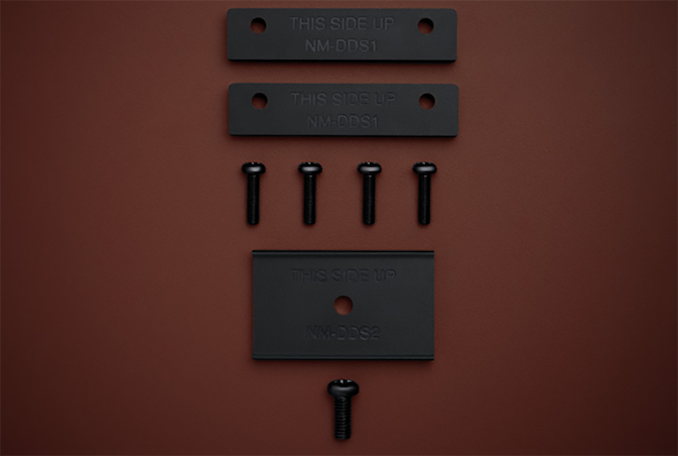

 Quote
Quote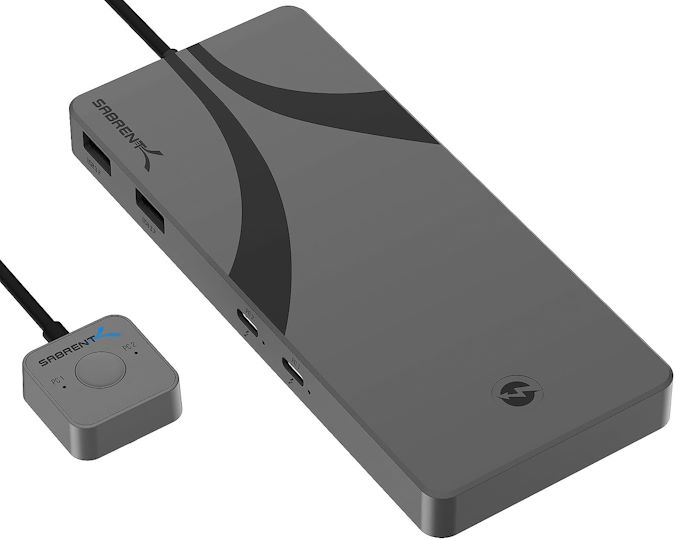
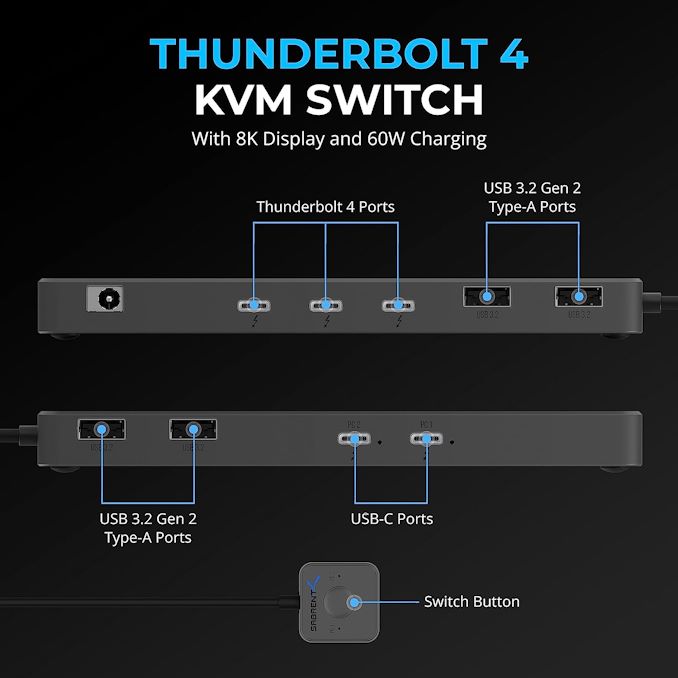
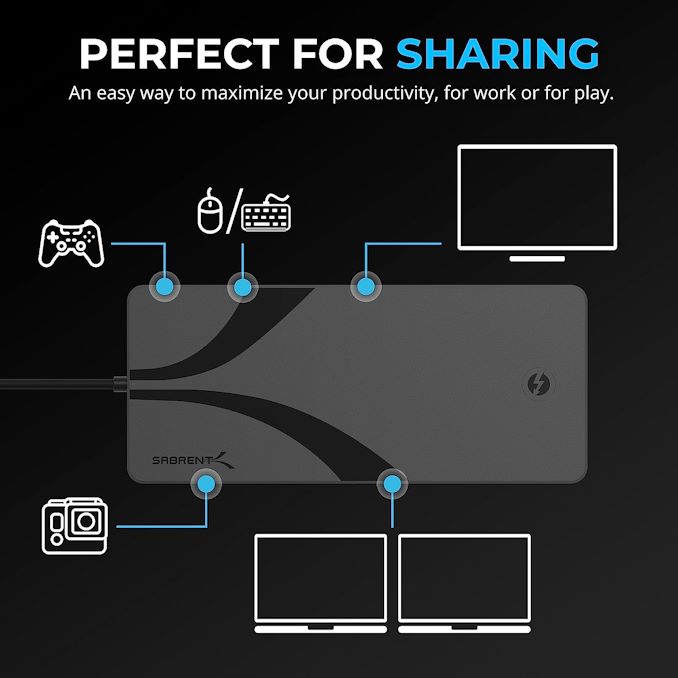
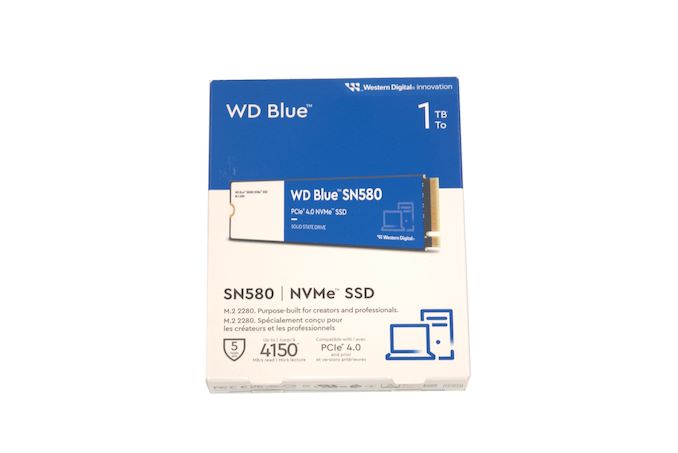

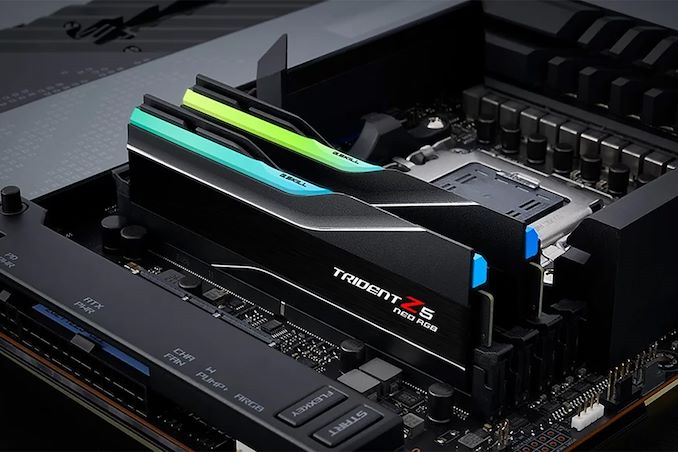

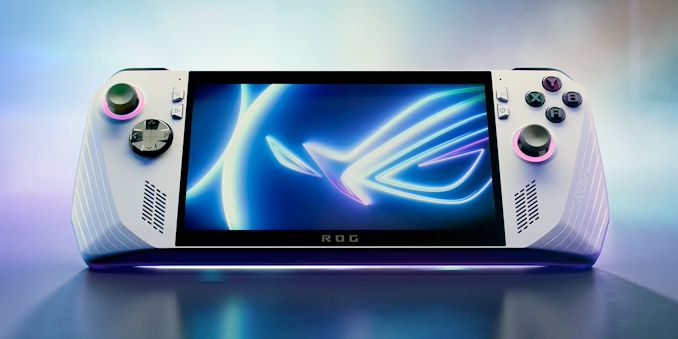
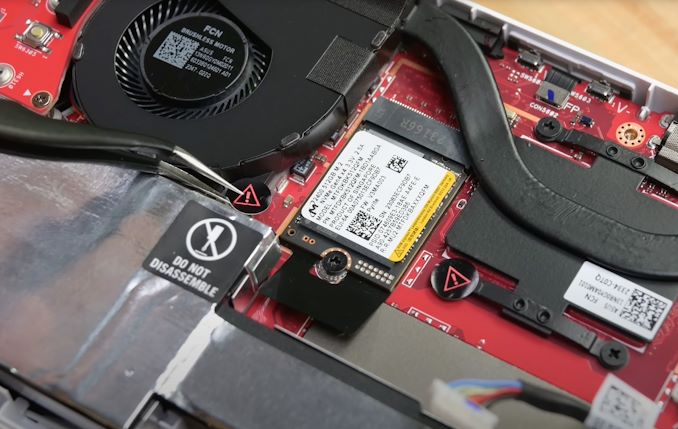
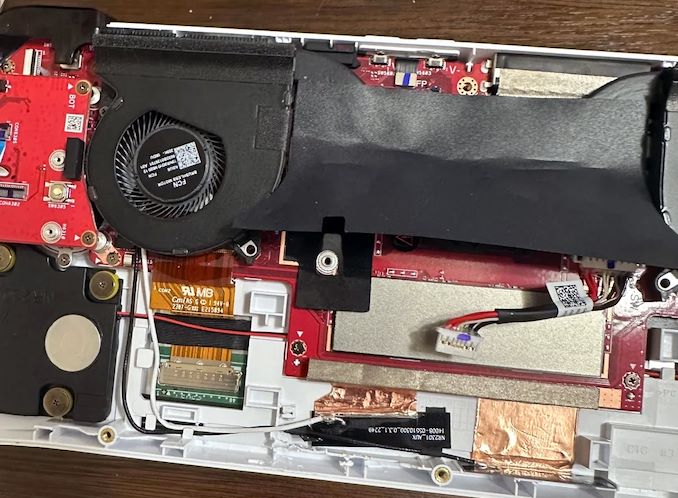
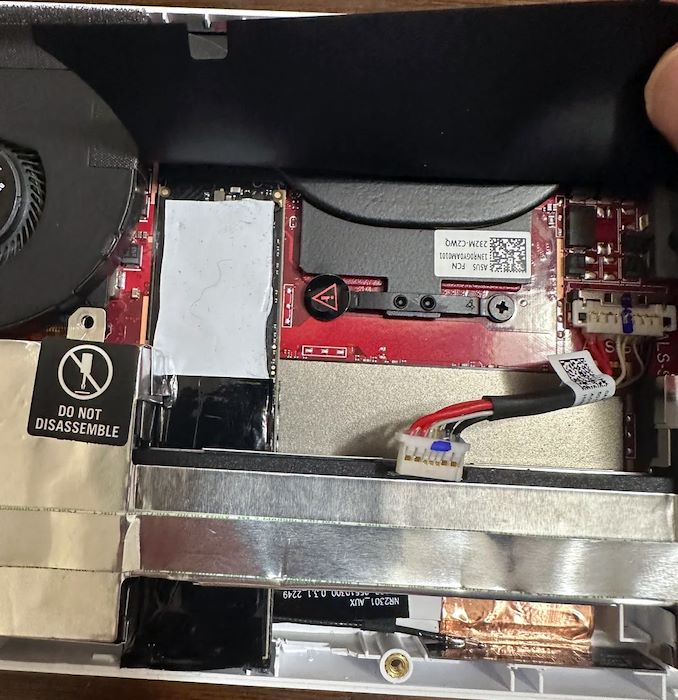

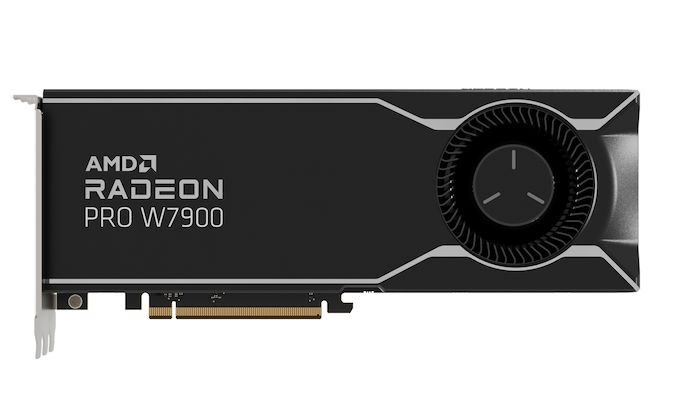
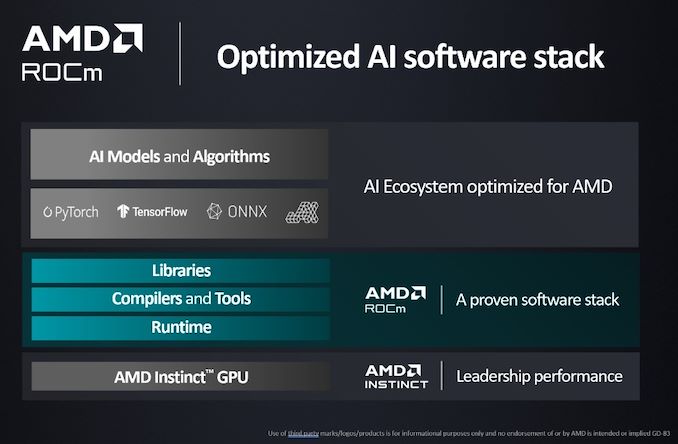
















Bookmarks